By Christopher Miskimon
The Germans advanced against the U.S. Marines in Belleau Wood at 2 pm on June 4, 1918. Among the first Marines to see the coming assault were several snipers hidden atop a haystack at the Les Mares Farm. Placed there by Lieutenant Lemuel Shepherd, they were positioned to pick off the advancing enemy troops, but the job was not easy. German observation balloons had spotted many of the defensive positions and directed their artillery on them. Some of the supporting French artillery was driven off by the fire.
Veteran German infantry now advanced and the battle proper was joined. This was the point of the fighting where victory or defeat went into the hands of the enlisted men, their sergeants, and a handful of junior officers. Senior officers had done all they could to prepare. Now it was time to watch their men do their bloody work. The Marines of the 2nd Battalion, 5th Marine Regiment lay prone in their scraped-out fighting positions and waited as the Germans moved closer. Lt. Col. Frederick Wise, the battalion commander, watched his men wait until the enemy was just 100 yards away, then they opened fire with deadly accuracy.
All along the line Wise saw his men working the bolts of their rifles to maintain a steady fire. When he looked up to examine the German front ranks, Wise found there were no Germans still fighting. They lay dead or dying in the field through which they had launched their attack. A second line soon followed, though, their own rifles raised to their shoulders, firing as they advanced. They met the same fate as the first line. Although the Germans outnumbered the Americans by more than two to one, they seemed unable to pry the Marines from their defensive positions. The German attack, which should have carried the American position, had failed completely.
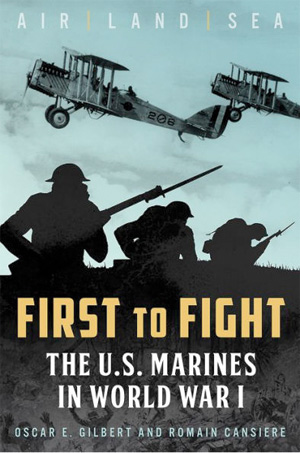 Luck was with the Marines that day. If the Germans had spotted several gaps in the line or tried to outflank their foes, they likely would have succeeded. As it was, that luck and the marksmanship of the Marine riflemen meant those Germans never got closer to Paris than they did that day. The German attack in other sectors fared no better than at Les Mares Farm. Machine-gun and rifle fire cut them down in staggering numbers. One Marine had to switch between his rifle and a stricken comrade’s weapon when his own got too hot to hold. For the rest of the battle, he just changed weapons as their barrels overheated. The end result was a hard-won victory for the Marines, one of many they would achieve during the Battle of Belleau Wood and the months to follow during the final year of the Great War.
Luck was with the Marines that day. If the Germans had spotted several gaps in the line or tried to outflank their foes, they likely would have succeeded. As it was, that luck and the marksmanship of the Marine riflemen meant those Germans never got closer to Paris than they did that day. The German attack in other sectors fared no better than at Les Mares Farm. Machine-gun and rifle fire cut them down in staggering numbers. One Marine had to switch between his rifle and a stricken comrade’s weapon when his own got too hot to hold. For the rest of the battle, he just changed weapons as their barrels overheated. The end result was a hard-won victory for the Marines, one of many they would achieve during the Battle of Belleau Wood and the months to follow during the final year of the Great War.
The U.S. Marine Corps has given more than two centuries of proud service to its nation, but it was during World War I when it truly became famous for its martial skill, dogged determination, and discipline. The Marines brought fresh strength to the Western Front, which was faltering under renewed German attacks in the summer of 1918 when American troops were adding their numbers to Allied weight. The story of how the Marines created their legend and helped win a war is well told in First to Fight: The U.S. Marines in World War I (Oscar E. Gilbert and Romain Cansiere, Casemate Publishing, Havertown, PA, 2017, 360 pp., maps, photographs, appendix, notes, bibliography, $32.95, hardcover).
The work is a superb account of the Marine Corps’ World War I story told from the points of view of both high-ranking officers and enlisted men. It is detailed and descriptive, often using the participants’ own words to give a personal view to the reader. One of the authors is well known for his works on the history of Marine armored forces. He exhibits great expertise and skill in telling of the battlefield tests the Marines faced in the Great War. During World War I the Marine Corps evolved from a collection of shipboard security detachments and base security forces into an offensive combat force respected and feared by its opponents. The book also covers the fledgling Marine air units that began their existence during the war.
 American Amphibious Warfare: The Roots of Tradition to 1865 (Gary J. Ohls, Naval Institute Press, Annapolis, MD, 2017, 320 pp., maps, photographs, notes, bibliography, index, $39.95, hardcover)
American Amphibious Warfare: The Roots of Tradition to 1865 (Gary J. Ohls, Naval Institute Press, Annapolis, MD, 2017, 320 pp., maps, photographs, notes, bibliography, index, $39.95, hardcover)
In May 1800 the United States was deep in its Quasi-War with France. French Authorities were holding a British packet, Sandwich, in the Spanish port of Puerto Plata, Santo Domingo. Captain Silas Talbot of the American frigate Constitution devised a plan to seize the ship, despite the fort protecting the harbor from intrusion. Two officers took 90 Marines and sailors aboard the sloop Sally, which regularly visited Puerto Plata. They sailed the sloop into the port and came alongside the Sandwich.
The Americans burst from below decks and captured the British ship. As the sailors prepared her for sea, the Marines rushed to the nearby fort and took it before either the French or Spanish could respond. They spiked the fort’s cannon and sped back to Sandwich, where they planned a defense until the prevailing wind appeared in the evening. That wind arose sooner, however so Sally and Sandwich set sail and made their escape. The amphibious raid was a complete success.
The American military has a long history of amphibious operations. This book chronicles seven amphibious assaults in America’s early military history when the tactics and equipment of the day argued against direct assaults on defended beaches. The author examines each action in great detail.
 The Last Battle: Victory, Defeat and the End of World War I (Peter Hart, Oxford University Press, Oxford, UK, 2017, 442 pp., maps, notes, bibliography, index, $34.95, hardcover)
The Last Battle: Victory, Defeat and the End of World War I (Peter Hart, Oxford University Press, Oxford, UK, 2017, 442 pp., maps, notes, bibliography, index, $34.95, hardcover)
On July 18, 1918, American First Lieutenant Elliott Cooke was leading his Marines against a German dugout. A number of the enemy had taken cover inside it and Cooke could not leave such a threat in his unit’s rear. His men were out of grenades but they found a box of German ones. Despite the risk they might be booby trapped, he decided they had to use the enemy weapons to destroy the dugout. Cooke gingerly picked up a grenade, but nothing happened. He then unscrewed the case cap and pulled the cord to activate the fuse. If the fuse was rigged to blow immediately, he was dead, but he had to try. When he yanked the cord the fuse popped inside the grenade as it was supposed to do, so Cooke quickly threw it through the dugout’s entrance. The explosion within was muffled and no Germans came out. He and his men threw more grenades in until the dugout’s roof was slanting and the walls leaked sand.
The final battles of World War I were vicious struggles between the Germans and their American, British, and French opponents. This book focuses on those final grueling months when the exhausted combatants fought to the bitter end. The author allows the participants to tell their stories in their own words, but he weaves together their accounts to create a gripping narrative that conveys the horror of the war’s end.
 The Storm Before the Storm: The Beginning of the End of the Roman Republic (Mike Duncan, Public Affairs Books, New York, 2017, 327 pp., maps, notes, bibliography, index, $27.00, hardcover)
The Storm Before the Storm: The Beginning of the End of the Roman Republic (Mike Duncan, Public Affairs Books, New York, 2017, 327 pp., maps, notes, bibliography, index, $27.00, hardcover)
By 146 bc the Roman Republic was the strongest military power in the Mediterranean region. It began as a small city-state but gradually expanded its territory and strength, conquering and absorbing its neighbors until the Italian peninsula was its own. Through that time its participatory form of government survived and the republic flourished. However, Rome’s very success proved to be its undoing. Rome ruled an empire in all but name and it was incapable of overseeing its own expanse. The fading republic was about to enter a period of civil war that would transform the Roman state into an empire. Men such as Marius, Sulla, and the Gracchi brothers would fight and plot to advance themselves and their agendas at the expense of the Roman people.
This book delves into the years 146 bc to 78 bc as the Romans dealt with a new situation. It is a story of both politics and war as the two were closely intertwined in the Roman state. The author delivers a clear, concise, and readable narrative of the period.
 The Anatomy of Glory: Napoleon and His Guard (Henry Lachouque and Anne S.K. Brown, Frontline Books, South Yorkshire, UK, 2017, 560 pp., maps, photographs, appendices, notes, bibliography, index, $59.95, hardcover)
The Anatomy of Glory: Napoleon and His Guard (Henry Lachouque and Anne S.K. Brown, Frontline Books, South Yorkshire, UK, 2017, 560 pp., maps, photographs, appendices, notes, bibliography, index, $59.95, hardcover)
Napoleon Bonaparte ranks as one of the greatest generals in history. Likewise, his Imperial Guard is one of the most famous formations in history as well. Originally established as a small force of bodyguards on May 18, 1804, the unit grew in both size and importance until it was large enough to become a tactical reserve for the French Army in the field.
By the time Napoleon invaded Russia in 1812 the Guard had swelled to 50,000 and included not only Frenchmen, but also Dutch, Polish, and Mameluke soldiers. Napoleon used the crack guard as a grand reserve in battle.
Its reputation as an elite fighting force was only enhanced by its infrequent use, usually at a critical moment when it was need to swing the battle in French favor. Only experienced veterans and the best of new recruits were allowed to join the guard in an effort to keep its quality high. Regard for the Imperial Guard was so high that when it was defeated at Waterloo, the resulting loss of morale heralded not only the loss of the battle but the fate of Napoleon’s attempted return.
This is a reprint of what is perhaps the defining history of Napoleon’s Imperial Guard. First published in 1961 by a pair of renowned historians, this is the fifth printing of the book. The work is extremely well detailed and lavishly illustrated with extensive technical appendices.
 The Royal Air Force: A Centenary of Operations (Michael Napier, Osprey Publishing, Oxford, UK, 2018, 340 pp., photographs, index, $40.00, Hardcover)
The Royal Air Force: A Centenary of Operations (Michael Napier, Osprey Publishing, Oxford, UK, 2018, 340 pp., photographs, index, $40.00, Hardcover)
The United Kingdom’s Royal Air Force was the world’s first independent air arm, predating the U.S. Air Force by almost 30 years. Since its creation the RAF has been engaged in nearly continuous operations around the world, including two world wars, imperial policing duties, humanitarian operations, and numerous so-called small wars. Since its inception it has been considered one of the world’s premier air forces, whether fighting Nazi Germany, conducting long-range bombing missions in the Falklands War, or precision strikes in the Middle East.
This coffee-table book commemorates the 100th anniversary of the RAF in both text and imagery. The author is a former RAF pilot and his experience is apparent in his coverage of its history. The photographs are numerous and well chosen, vividly showing the RAF’s combat, transport, and reconnaissance aircraft. The work serves as a comprehensive study of the British Royal Air Force and its long history of service to its nation and the world.
 Whispers Across the Atlantick: General William Howe and the American Revolution (David Smith, Osprey Publishing, Oxford, UK, 2017, 304 pp., maps, photographs, bibliography, index, $34.00, hardcover)
Whispers Across the Atlantick: General William Howe and the American Revolution (David Smith, Osprey Publishing, Oxford, UK, 2017, 304 pp., maps, photographs, bibliography, index, $34.00, hardcover)
During the early part of the American Revolutionary War General William Howe was commander of all British forces in North America. He was an enigma to many people. His troops loved him, and his enemies despised and feared him. There was even a murder plot hatched against him that included both American and British officers. More than once he appeared on the verge of winning a war, but then failed to clinch victory.
Howe eventually was recalled to England to face trial for dereliction of duty and incompetence. He wound up arguing his case in the House of Commons, where he risked his reputation and even his very life. There were factions both for and against him within Parliament. His story became one of the great spectacles of the day.
This new account of Howe reads more like a novel or a courtroom drama than a dry history of a trial. The author uses new archival discoveries to bring life to an event that has long been ignored by historians due to a lack of primary source documents. This biography of the famous British general during his time of troubles is a fascinating look at an unknown chapter of the American Revolution.
 The Battle of Peach Tree Creek: Hood’s First Effort to Save Atlanta (Earl J. Hess, University of North Carolina Press, Chapel Hill, 2017, 344 pp., maps, photographs, notes, bibliography, index, $37.50, hardcover)
The Battle of Peach Tree Creek: Hood’s First Effort to Save Atlanta (Earl J. Hess, University of North Carolina Press, Chapel Hill, 2017, 344 pp., maps, photographs, notes, bibliography, index, $37.50, hardcover)
When Confederate President Jefferson Davis replaced General Joseph E. Johnston with General John Bell Hood on July 17, 1864, it was with the understanding that Hood would counterattack the Union forces at the gates of Atlanta under Maj. Gen. William T. Sherman rather than fight a defensive battle of the kind Johnston favored. Hood’s elevation to command of the Army of Tennessee came as a shock to the Confederate rank and file.
One of Hood’s first moves was to launch a counterattack against Maj. Gen. George H. Thomas’s Army of the Cumberland, one of three Union armies under Sherman’s command, at Peachtree Creek three days later. Although it initially caught Thomas by surprise, his troops prevailed in the pitched battle.
The author, who has written numerous first-rate works on the American Civil War, renders an in-depth account of the clash. Through careful research and analysis he arrives at new conclusions about the battle. Hess holds that because of flagging morale some of the Confederate units did not follow through on their orders to attack. By that point in the campaign, many of the Confederates believed their situation was hopeless. In contrast, the Union forces involved had high morale as a result of their string of victories during the Atlanta Campaign. Hess offers a gripping tactical account of the battle while placing it in the larger context of the campaign.
Short Bursts
 The Yom Kippur War: The Epic Encounter That Transformed the Middle East (Abraham Rabinovich, Schocken Books, 2017, $20.00, softcover) This second edition contains new, recently declassified information about the 1973 war. It is a definitive account of the conflict.
The Yom Kippur War: The Epic Encounter That Transformed the Middle East (Abraham Rabinovich, Schocken Books, 2017, $20.00, softcover) This second edition contains new, recently declassified information about the 1973 war. It is a definitive account of the conflict.
Texans at Antietam: A Terrible Clash of Arms, September 16-17, 1862 (Joe Owen, Philip McBride, and Joe Allport, Casemate Publishers, 2017, $28.95, softcover) Hood’s Texas Brigade fought fiercely during the morning phase of the Battle of Antietam. This book recounts their experiences in their own words through diary entries, interviews, and letters.
Hellfire Boys: The Birth of the U.S. Chemical Warfare Service and the Race for the World’s Deadliest Weapons (Theo Emery, Little, Brown and Company, 2017, $29.00, hardcover) The introduction of chemical weapons during World War I forced the United States to develop its own arsenal and the troops to service it.
Our Year of War: Two Brothers, Vietnam, and a Nation Divided (Daniel P. Bolger, Da Capo Press, 2017, $28.00, hardcover) This is the story of Chuck and Tom Hagel, brothers who fought together in Vietnam. Chuck Hagel would go on to become a respected senator and defense secretary.
Warfare in Neolithic Europe: An Archaeological and Anthropological Analysis (Julian Maxwell Heath, Pen and Sword Books, 2017, $39.95, hardcover) With the rise of complex societies came conflict. This work reveals the evidence of occasional war among the rising communities.
For Brotherhood and Duty: The Civil War History of the West Point Class of 1862 (Brian R. McEnany, University Press of Kansas, 2017, $45.00, softcover) This book follows the Class of 1862 through its training and combat service. It includes the accounts of 12 Union and four Confederate officers.
 Behind the Lawrence Legend: The Forgotten Few Who Shaped the Arab Revolt (Philip Walker, Oxford University Press, 2017, $34.95, hardcover) Lawrence is the most famous figure of the Arab Revolt, but this book focuses on his fellow officers and spies who carried out their own part in the conflict.
Behind the Lawrence Legend: The Forgotten Few Who Shaped the Arab Revolt (Philip Walker, Oxford University Press, 2017, $34.95, hardcover) Lawrence is the most famous figure of the Arab Revolt, but this book focuses on his fellow officers and spies who carried out their own part in the conflict.
Incidents at Sea: American Confrontation and Cooperation with Russia and China, 1945-2016 (David F. Winkler, Naval Institute Press, 2017, $31.95, hardcover) The Cold War contained numerous incidents at sea, which continued into the 21st century. The book includes interviews with participants and high-level leaders.
Silent Witness: The Civil War Through Photography and Its Photographers (Ron Field, Osprey Publishing, 2017, $35.00, hardcover) This coffee table book presents the Civil War via the new art of photography. Each chapter covers a different facet of the war.
Recce: Small Team Missions Behind Enemy Lines (Koos Stadler, Casemate Publishers, 2016, $32.95, hardcover) The author was a career officer in the South African Special Forces. This memoir covers his training and service.
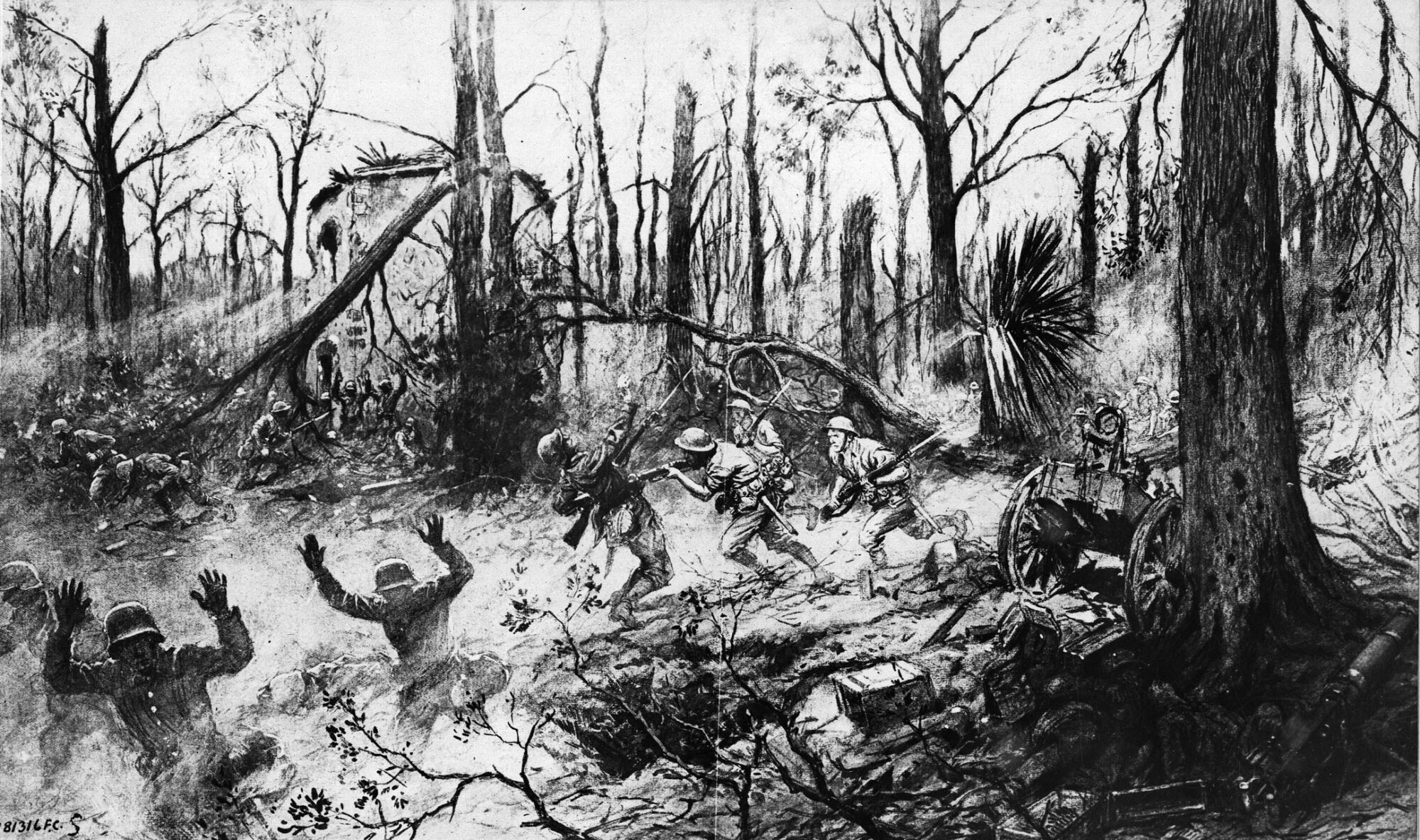

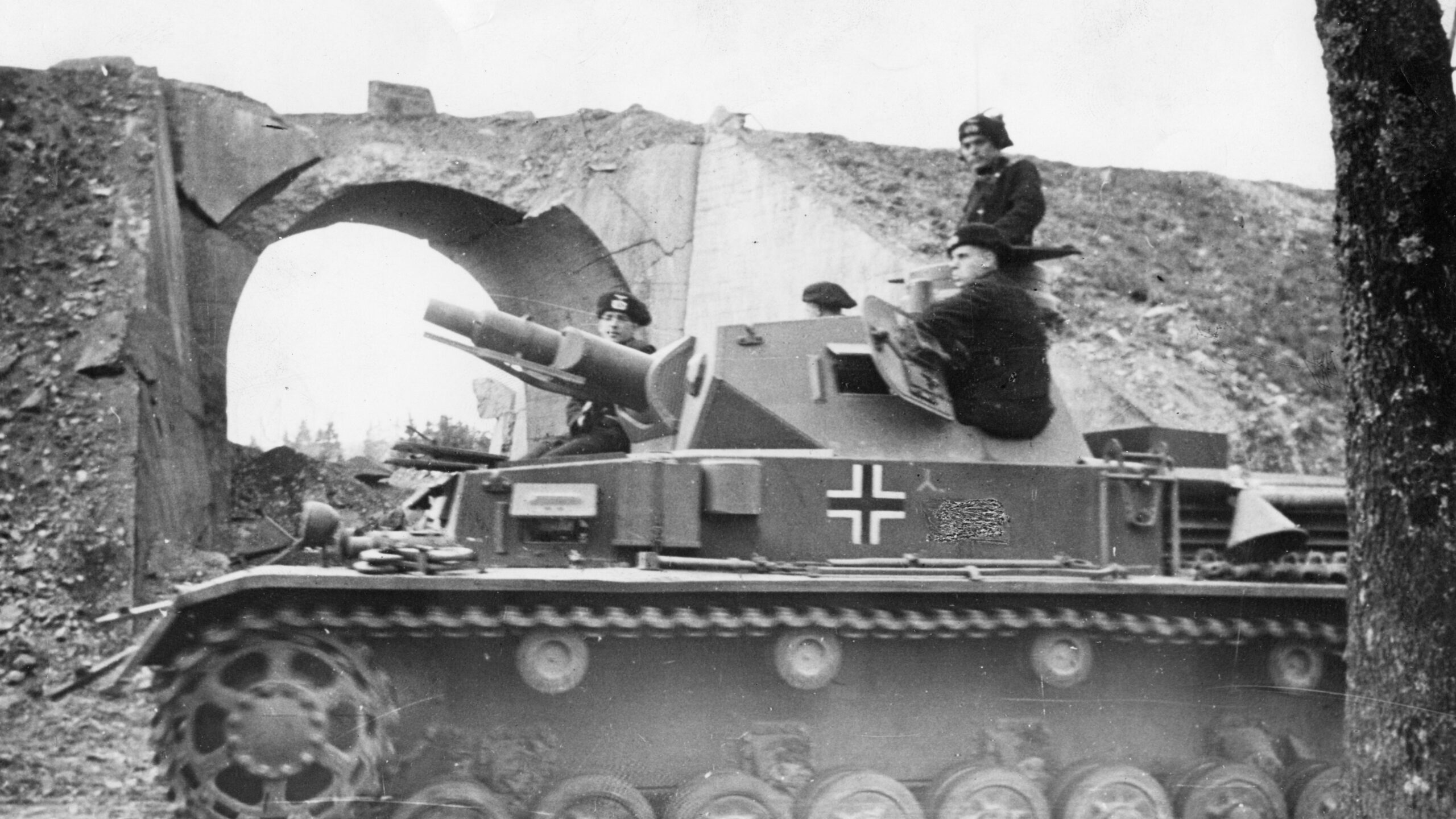
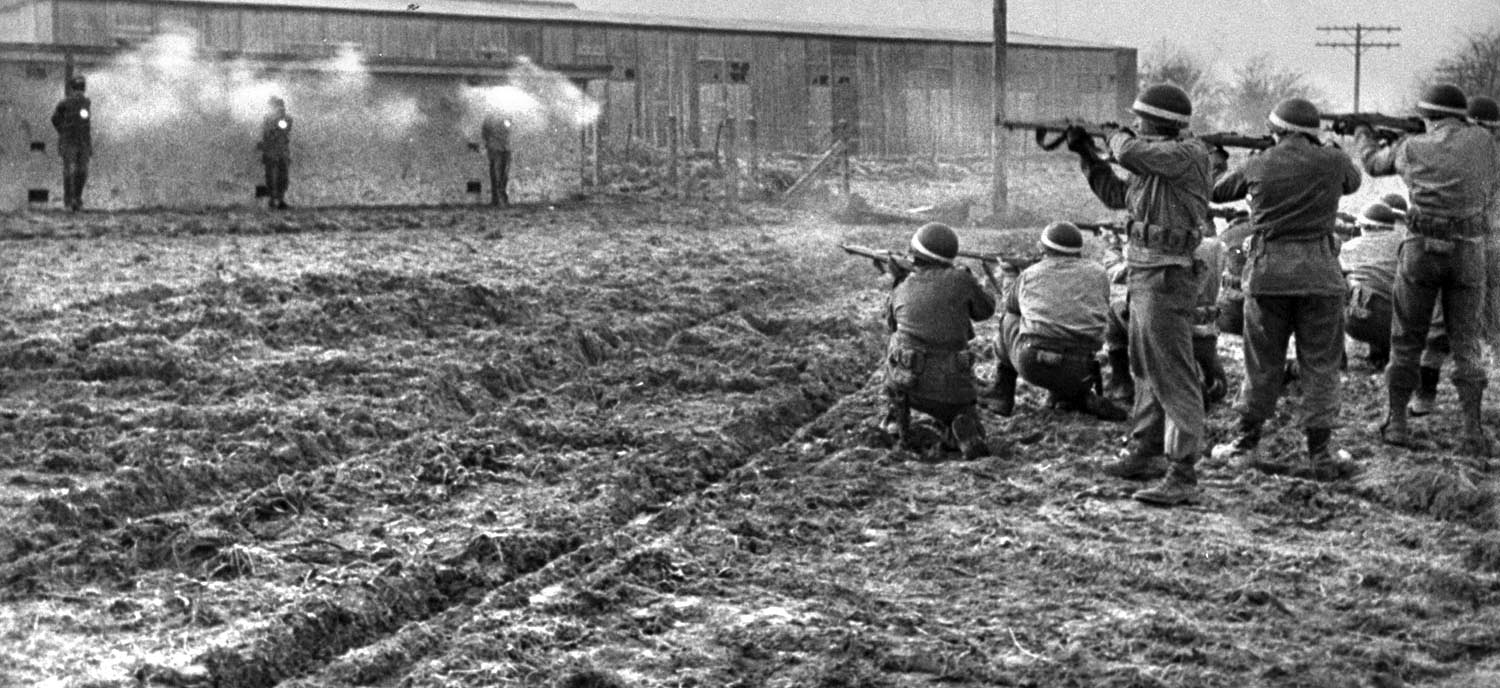
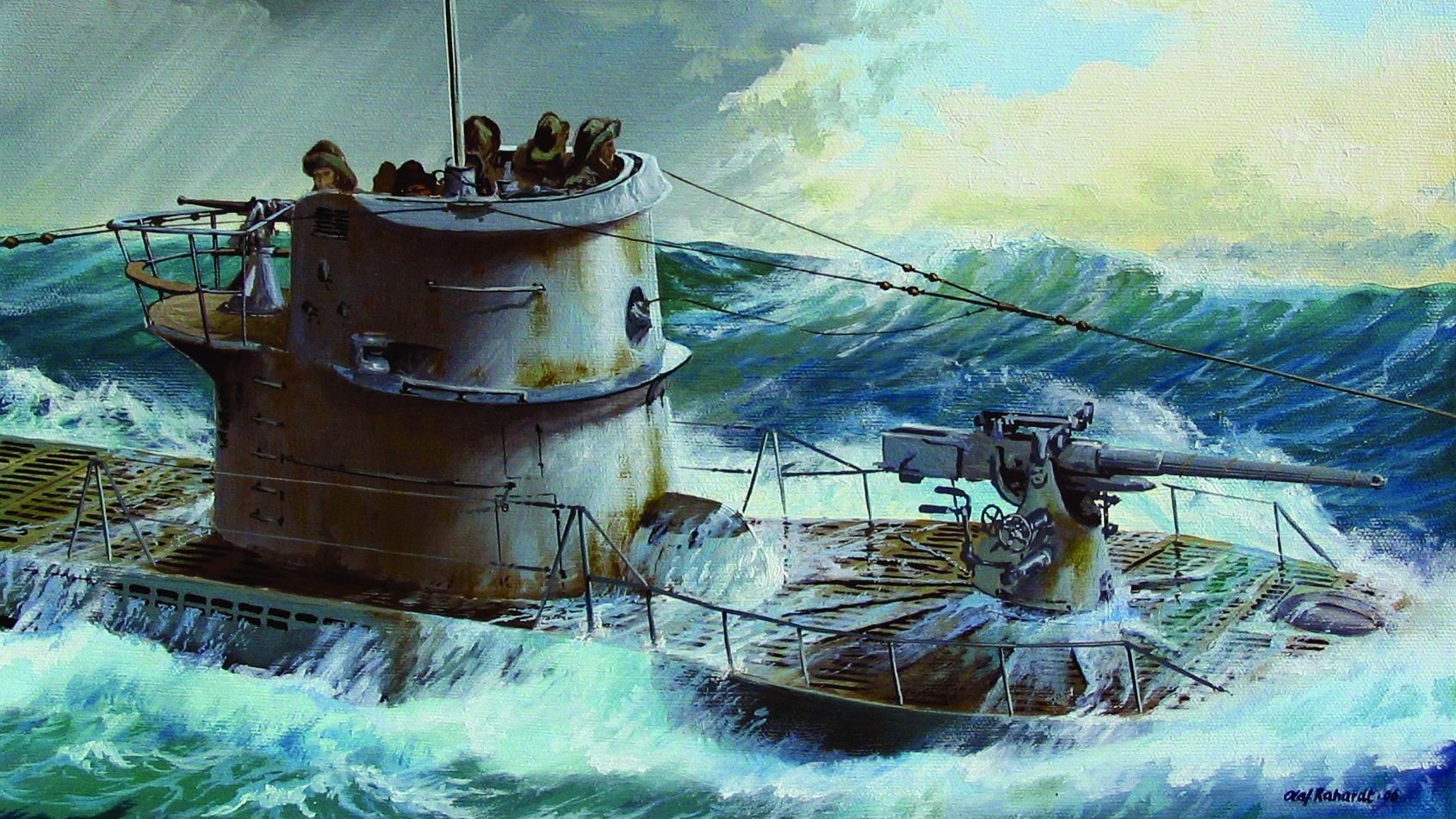
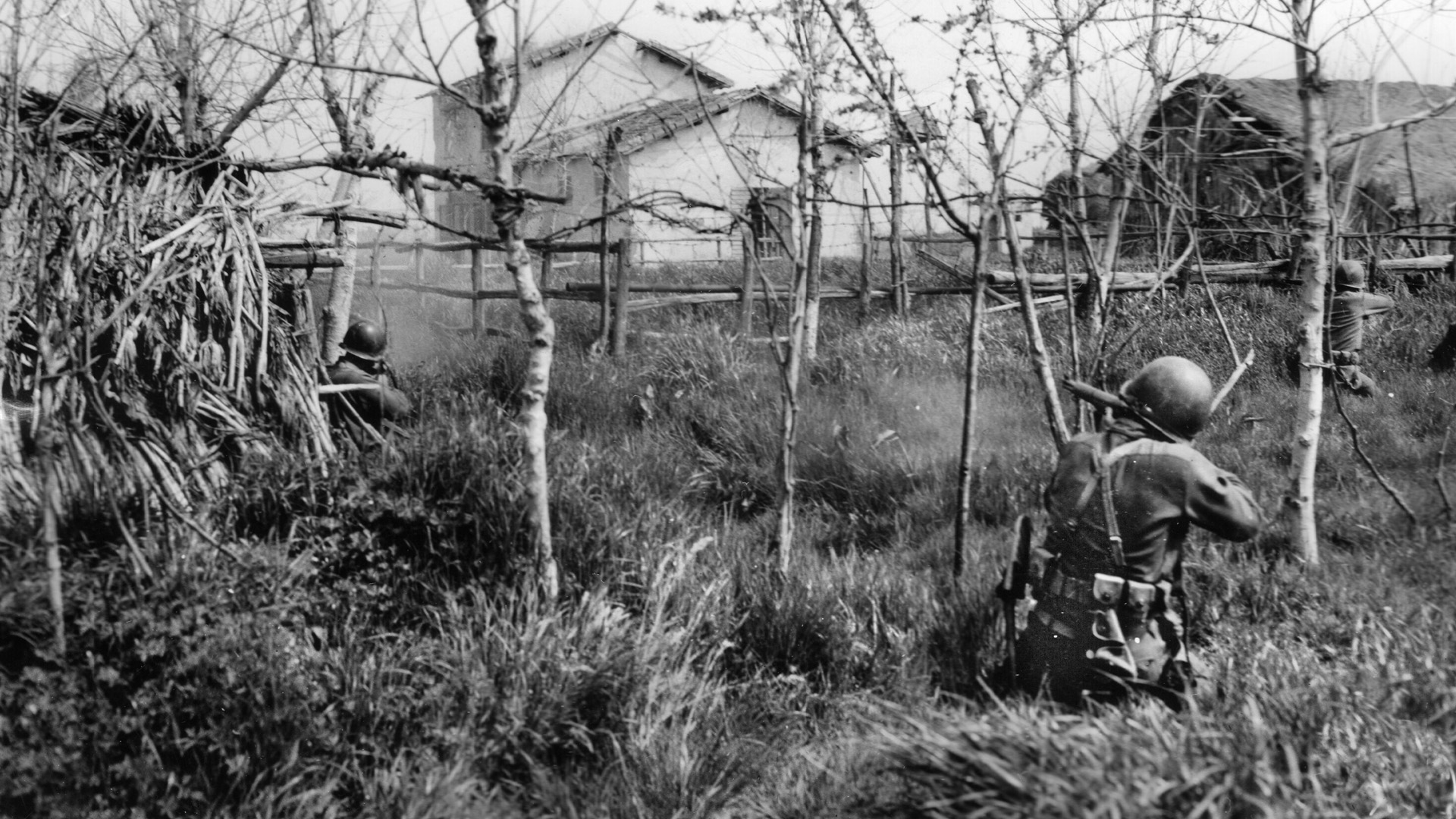

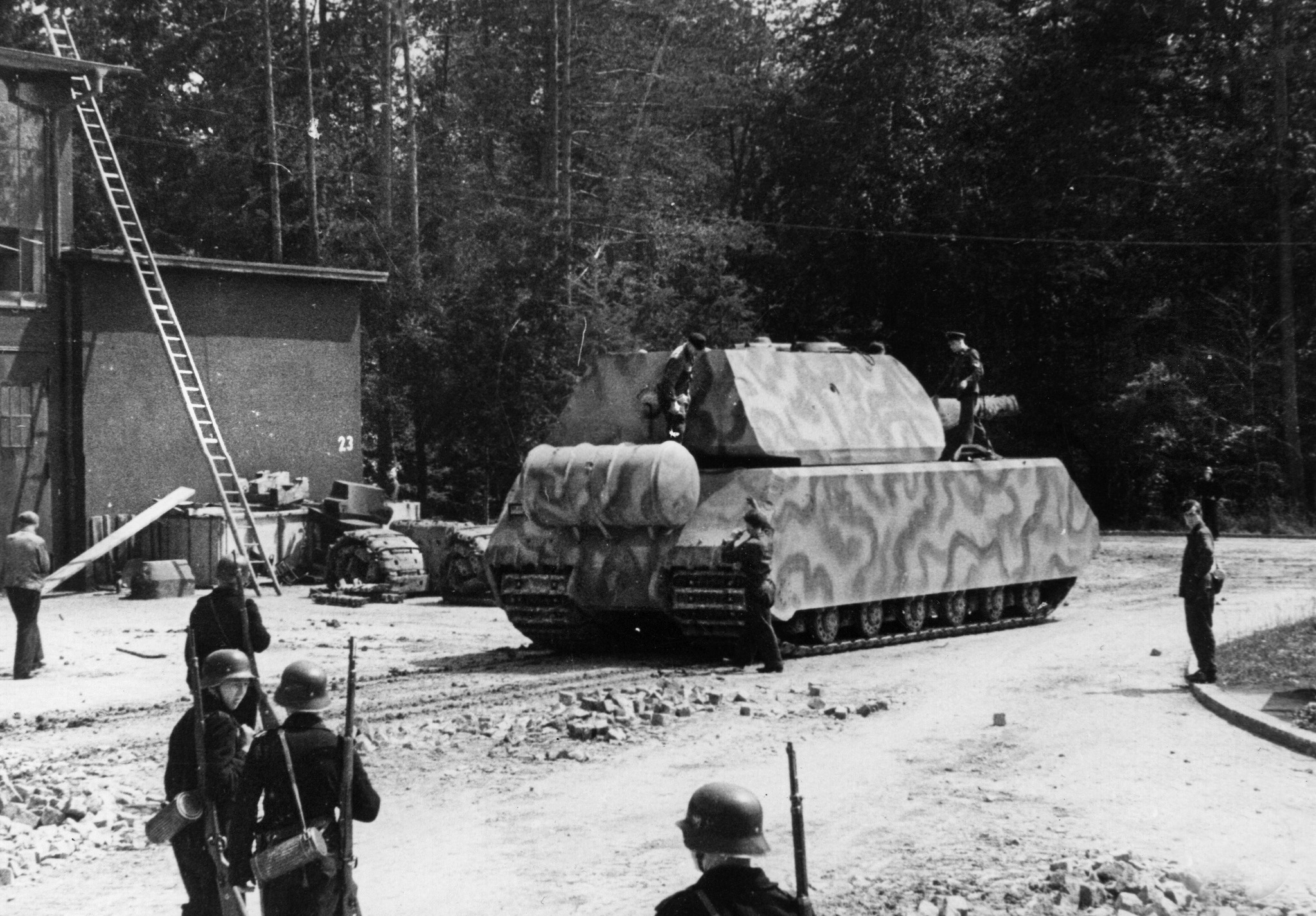
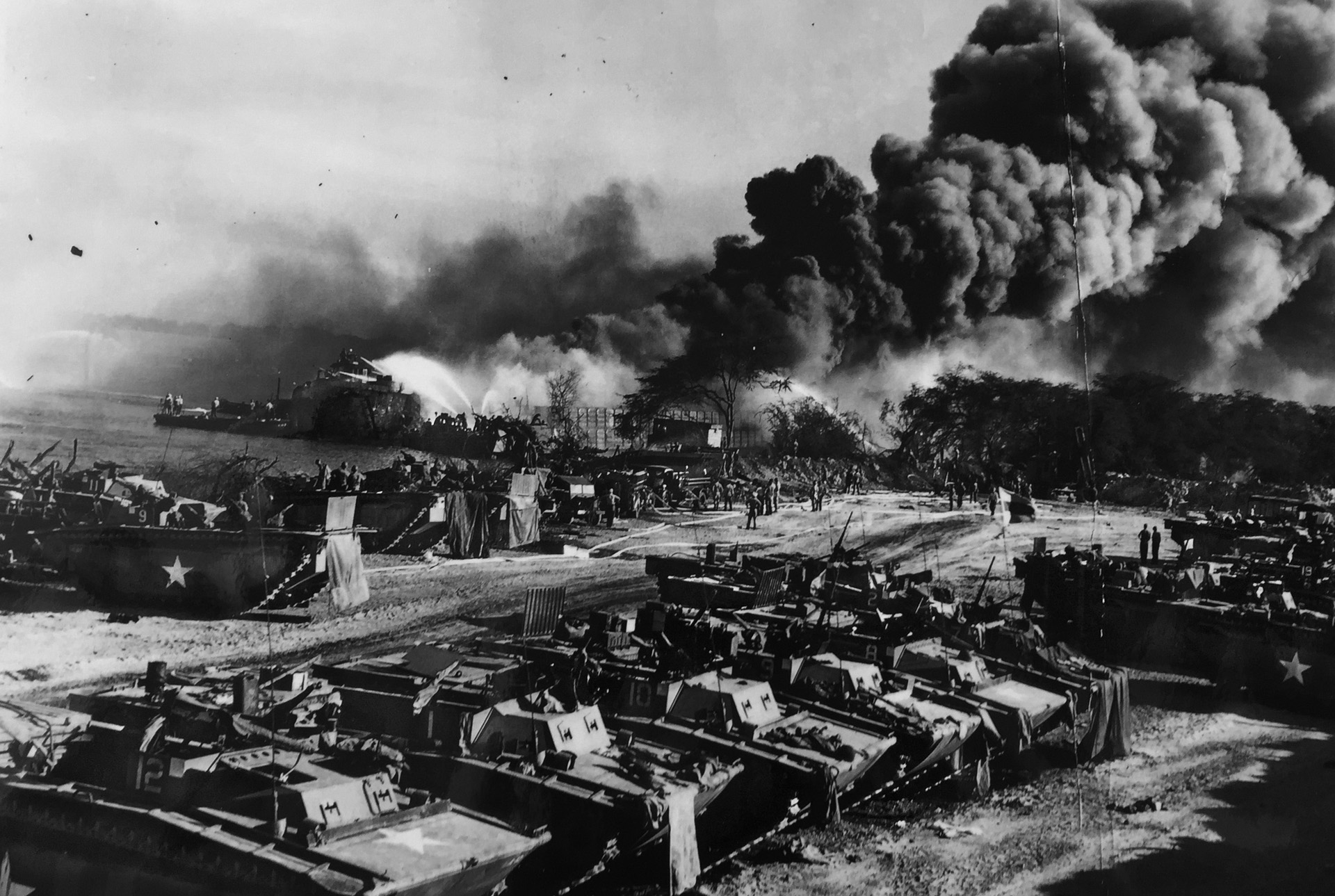
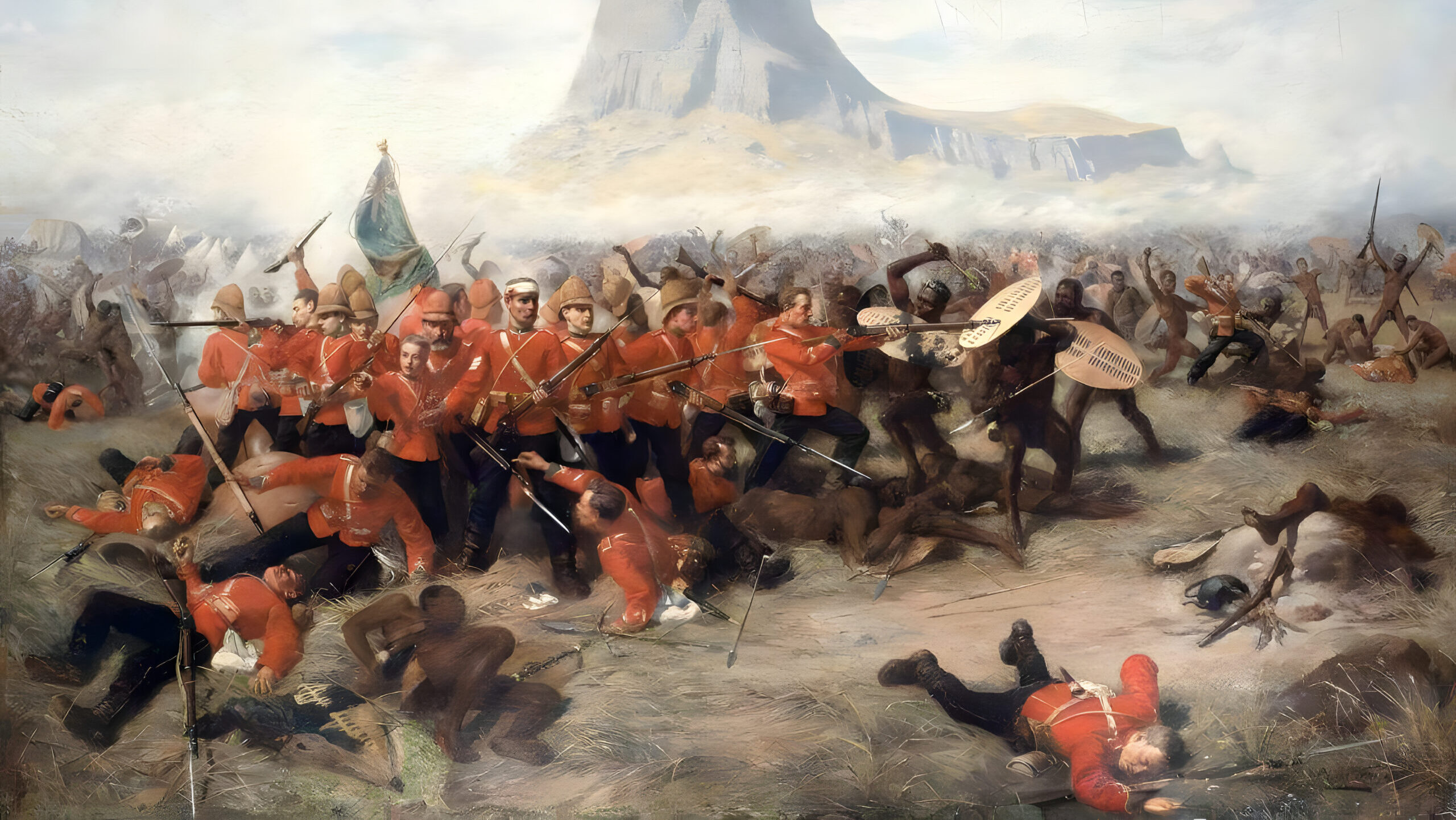
Join The Conversation
Comments
View All Comments